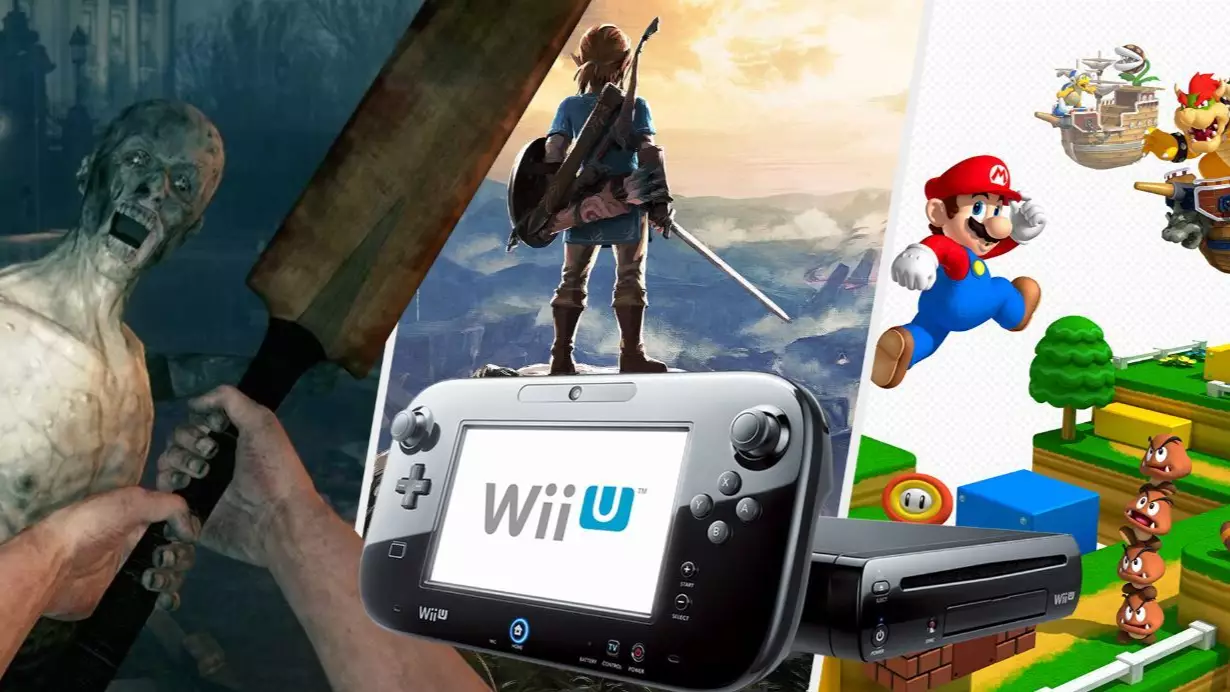
If you're of the opinion that Nintendo's Wii U was a failure, I'm not here to argue with you. The 2012-released console, which celebrates its eighth anniversary in Europe on November 30th, sold incredibly poorly in comparison to its predecessor and successor alike, with its 13.5 million units shifted paling substantially in comparison to the 101 million of the Wii and almost 70 million of the Switch.
But sales figures don't tell the whole story of any games console - and with my Wii U still set up under my TV, plugged in and ready to play at a moment's notice, I want to take a moment to talk about why Nintendo's most notable misstep of the 21st century is, maybe, one of the company's greatest pieces of hardware. We just don't know it yet.
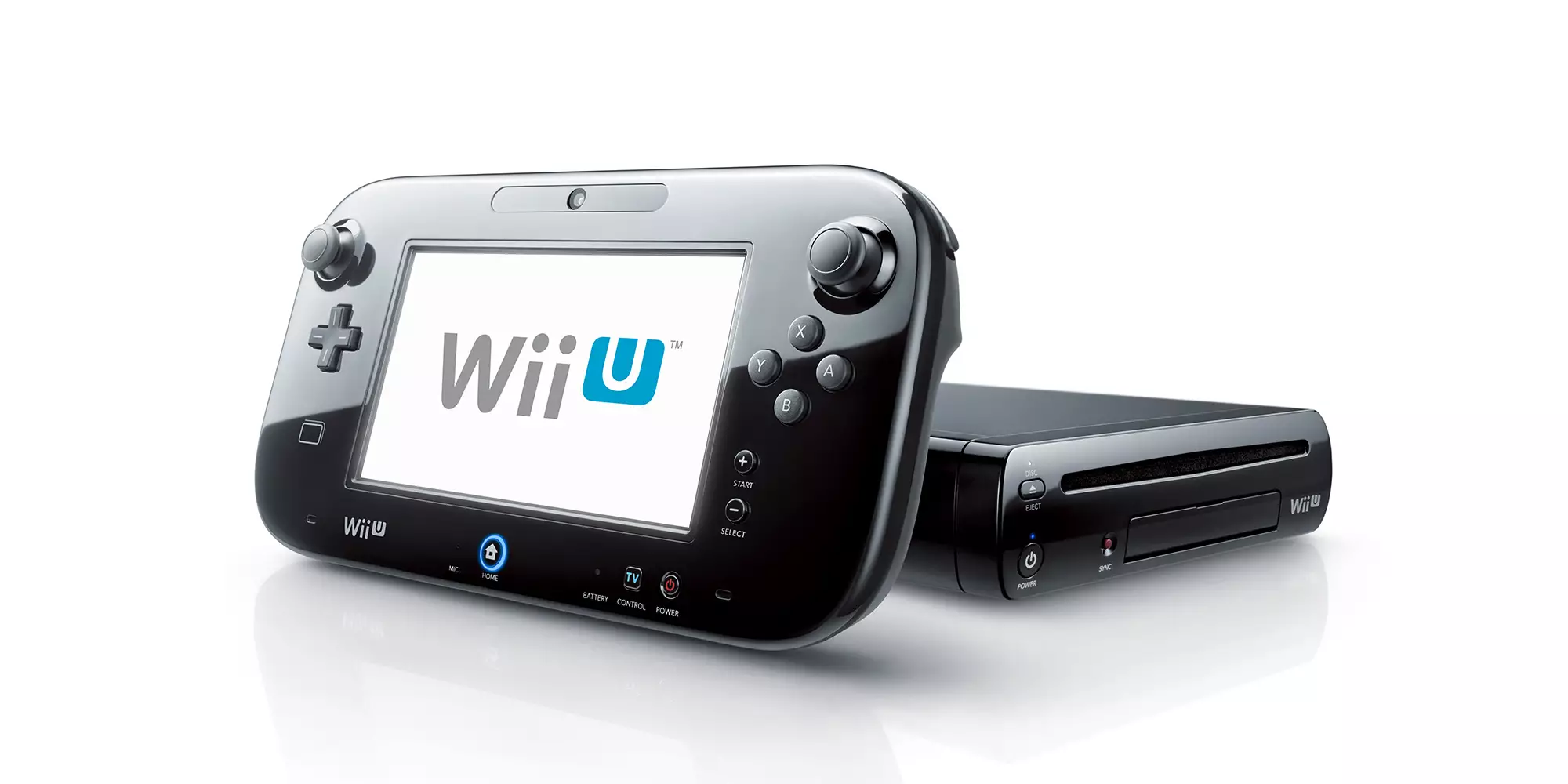
Advert
Okay, maybe not one of the greatest - the Wii U can't really compete for iconic status when its maker has the NES, SNES, Game Boy, DS, Wii and Switch to its name. But much like the DS, the Game Boy, the Wii and the Switch, what the Wii U emphasised over anything else was the pursuit of brand-new ways to play. It was new thinking, manifested in fresh hardware, an evolution of what had come before it with the Wii.
I massively respect that about the console. The Wii U was never trying to be a competitor for the PlayStation 3 or 4, or the Xbox 360 or One - it was aiming for something else, to be an alternative to what Sony and Microsoft was offering. And it absolutely succeeded in that pursuit, that ambition, albeit at the evident expense of being a profitable product.
Because as a successor to the Wii, it bombed. There was confusion, pre-release, regarding what the Wii U was. Unlike the PlayStation 4 Pro and Xbox Series X, which were very clear about being same-generation updates on current hardware, the Wii U's fudged reveal at E3 2011 saw it initially received by Wii users as some kind of peripheral for their system. An add-on, like the Mega CD to the Mega Drive. Which, obviously, it wasn't - the Wii U was a far more powerful, actually-HD console (yes, it took Nintendo until 2012 to properly support HD screens), with a strange new controller. But the first wave of messaging from Nintendo was muddled, it didn't fully recover, and unlike the buzz that builds around any new PlayStation console, the hype for the Wii U remained fairly flatline.
Comparing the Wii U to the PlayStation 4, which released almost exactly a year after Nintendo's system, the first-quarter sales numbers paint a depressing picture. By the end of 2012, worldwide Wii U sales had just passed three million. A year on, the PS4 achieved over four million in the same time period - of around a month and a half - without yet launching in Japan, the console's second-biggest single-country market after the United States. When you consider that the Wii's sales of over 101 million comfortably crushed the PlayStation 3's total of somewhere around 87 million, the disappointment in the then-new-generation stats becomes palpable.
Advert
But like I said, just up there: sales numbers don't tell the whole story of a console, of its features, amazing library of games, and ultimate legacy. The SEGA Dreamcast is another perceived flop in gaming history, with fewer than 10 million units sold, and its poor performance after the equally underwhelming Saturn saw the hardware side of its makers finally give in to the competition from Sony's all-conquering PlayStation brand. But the Dreamcast, some 22 years on since its Japanese debut, is now seen as a pivotal piece of hardware.
SEGA's swansong system is regularly acknowledged as an innovator that pioneered several aspects of online play, and was home to games we're not only still in love with, but desperately wanting new, remade or refreshed versions of. That there's such demand for a 'mini' version of the console, after the Mega Drive, speaks to how fondly remembered the Dreamcast is - even by gamers who never owned one at the time.
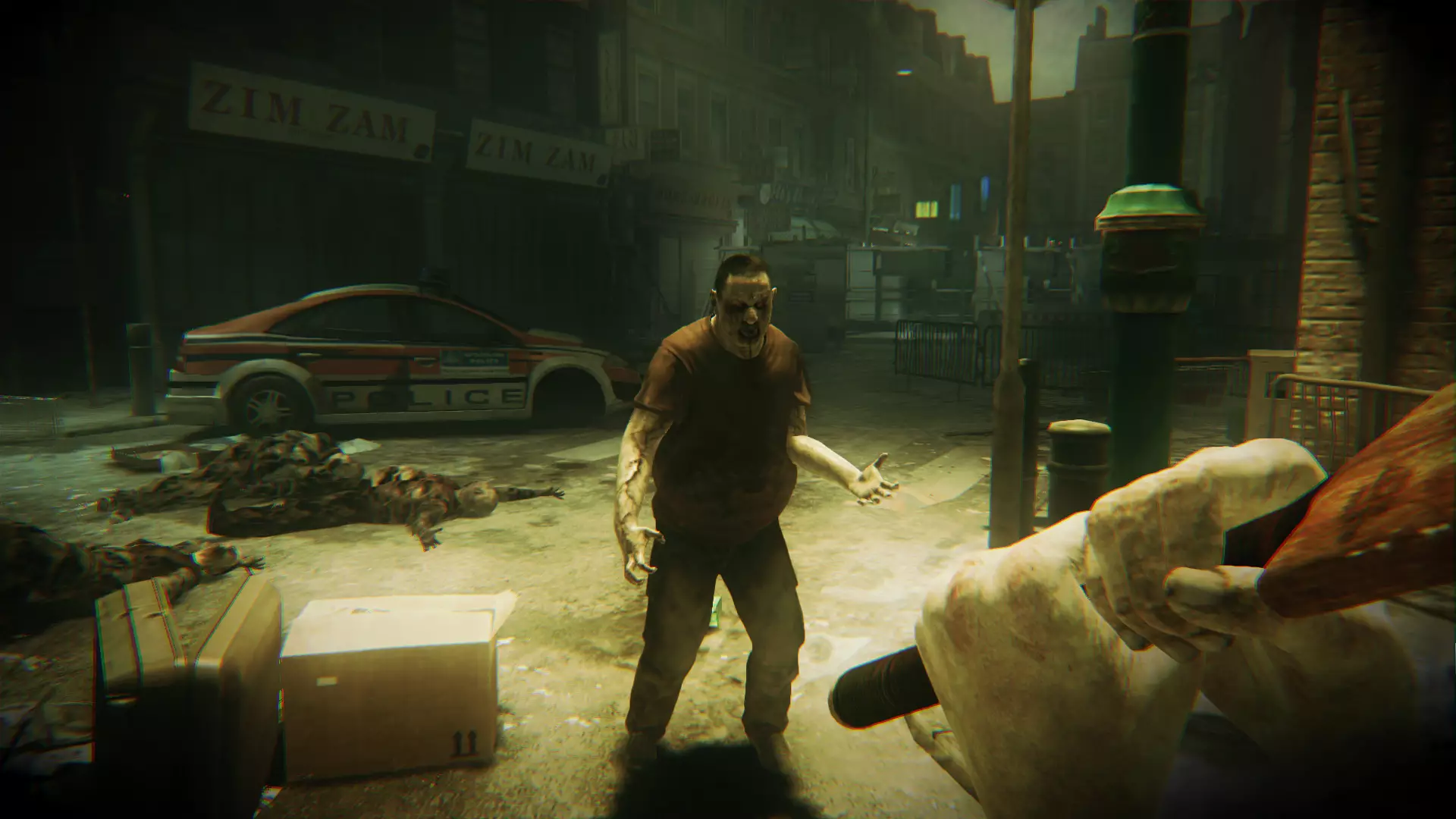
The Wii U, I think, is likely to go the same way in the years to come. It will pass from financial flop to cult favourite - if it's not already at that point, that is - to undeniably important in the biggest picture of gaming's evolution. We can already see how its design, with its second-screen, touch-sensitive GamePad controller, was developed into the Switch's handheld and docked play pattern.
Advert
Few games really made effective, simultaneous use of the dual screens - launch title ZombiU was one of the best, placing your avatar's perspective on the TV and their inventory and mini-map on the GamePad (and it was genuinely scary, too) - but being able to take the single-screen games into handheld mode felt revolutionary. Playing the Wii U-exclusive Bayonetta 2 on what felt like a portable console, albeit one invisibly anchored to a box beneath the television, was fantastic.
That both of the above-mentioned titles are highly recommended Wii U releases, but neither is Nintendo developed - rather, they're the work of Ubisoft and PlatinumGames, respectively - hopefully illustrates that the best of this console's library wasn't limited to games made in-house. Nintendo played the part of publisher on a number of games, of course, but not all of this console's highs were entirely their own.
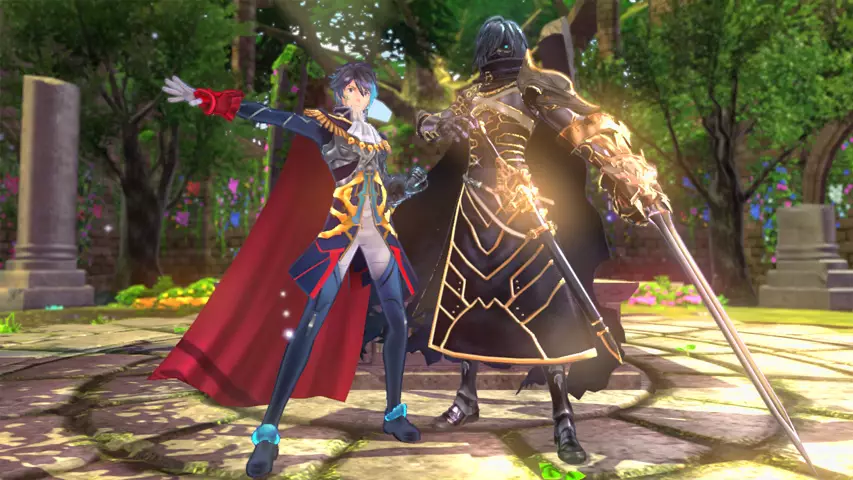
Atlus's Tokyo Mirage Sessions #FE and Ubisoft's Rayman Legends, Yacht Club's Shovel Knight and Simogo's Year Walk, TT Fusion's Lego City Undercover and Tomorrow Corporation's Little Inferno - there was always something intriguing, exciting, and different on the Wii U, to sit across from the annual franchise instalments coming out on the PlayStation 3 and Xbox 360, the PlayStation 4 and Xbox One.
Advert
And, at the risk of sounding obvious, the Nintendo-made output was of an exceptionally high standard, perhaps the best it'd been since the days of the SNES. There's an argument that it had to be good, as third-party support from the likes of EA, Activision and Warner Bros. dried up over the course of the Wii U's limited lifespan - as soon as the Switch was out, in March 2017, that was basically game over for significant support for its predecessor. But nevertheless, even a cursory glance at the famous Nintendo franchises on the Wii U reveals some bona-fide series standouts.

There's The Legend of Zelda: Breath of the Wild, of course - the Wii U's final big game, released in the spring of 2017, and clearly developed with the console as the lead platform (I mean, just look at the Sheikah Slate). The open-world masterpiece might have been a launch title of incredible quality for the Switch; but it was also a magnificent swansong for Nintendo's outgoing hardware, and a far better generation-spanning Zelda entry than the GameCube-to-Wii bridging Twilight Princess.
Super Mario 3D World - soon to land, in a Bowser's Fury-featuring expanded version, on Switch - is Nintendo's mascot in one of his very best three-dimension outings, a far superior game in comparison to Sunshine (and, honestly, probably on a par with Odyssey, albeit without the same wild environmental variety). Mario Kart 8 was the racing series at its very best - the Switch-released Deluxe update didn't really have to add much to elevate it to perfection.
Advert
Splatoon tore up the multiplayer shooter rulebook in incredible, inimitable, inspirationally colourful style, and deserves to be far bigger than it (and its sequel) is. Pikmin 3 mightn't be the very best in its series, but is beautiful on Wii U (just as it is on Switch), and really showed how Nintendo was relishing the HD capabilities of the console - and using the touchscreen of the GamePad in a meaningful way, too.
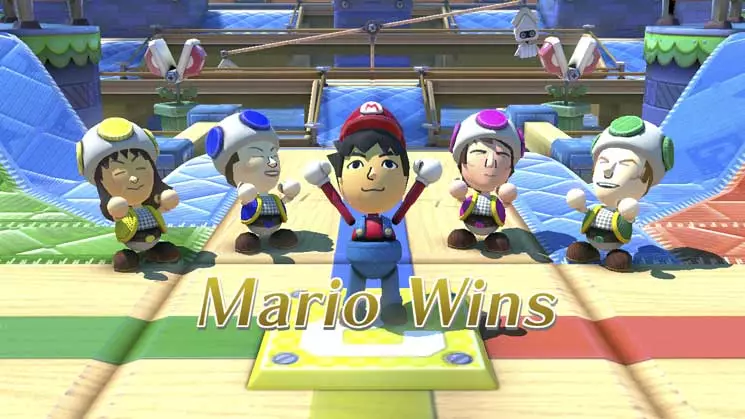
Super Mario Maker put us in control of the most famous gaming character of all time, and the user-made levels of teeth-grinding difficulty and devilish intelligence duly flowed. Captain Toad: Treasure Tracker achieved the near-impossible in being a spin-off game, based on a mini-game, that actually worked excellently on its own terms, and over several hours of play. And Nintendo Land, an often-overlooked launch title, managed to make the gimmicks of the GamePad work in a genuinely exciting local multiplayer environment. Seriously, get some friends over, fire that up, and it still shines. (Please don't get those friends over during pandemic restrictions, thanks.)
I could go on, but you get the idea: the Wii U sent arguably unprecedented waves of creativity through Nintendo, and their output maintained an impressive level of quality for the console's lifespan. Which, admittedly, wasn't all that long: from a launch in late 2012 to its effective discontinuation in early 2017, the Wii U didn't have too much time to start firing out missteps. That said, Star Fox Zero was definitely an acquired taste, although I know some people love it; and the less said about Devil's Third, the better. And its Basic, white-case version, with just 8GB of storage, was an insult. (I'm not sure I know anyone who bought that over the 32GB Premium, black-case option, mind.)
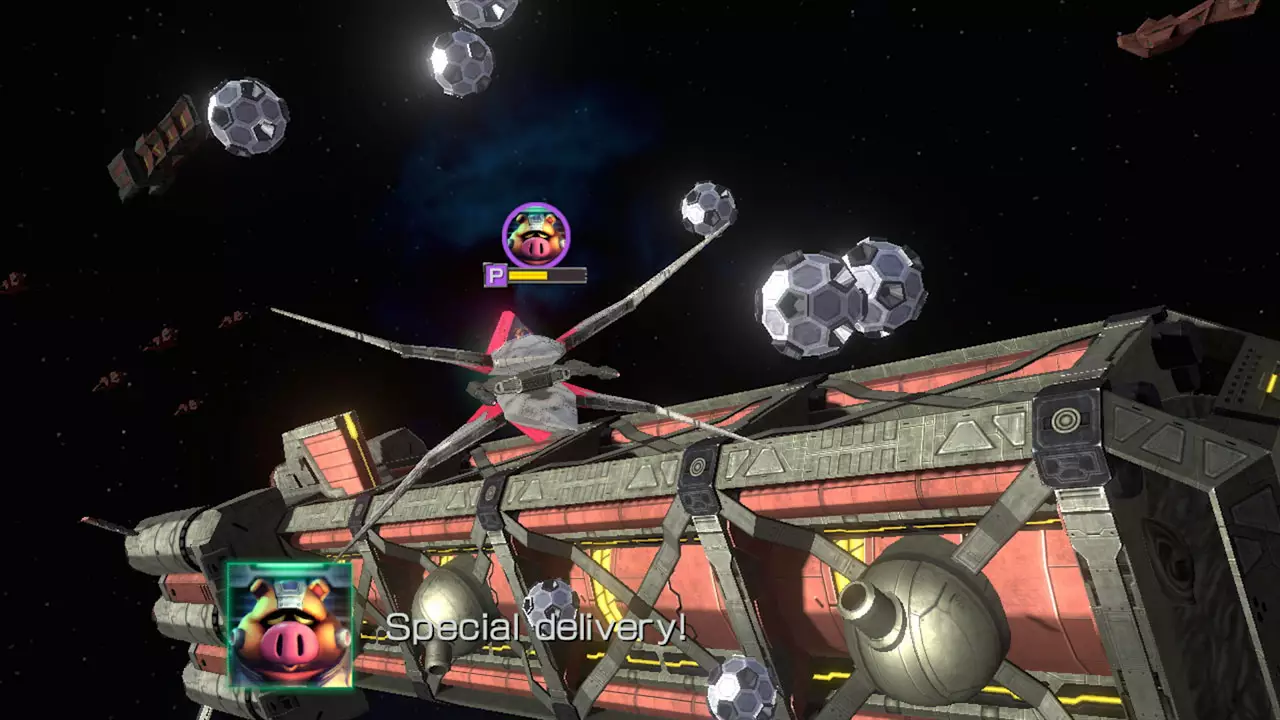
If you overlooked the Wii U, there's little reason to go back to it, today - many of its best games, or their expanded sequels, are playable on Switch, or will be in the near future. Which in some way shows just how special they were - Nintendo is insistent that they deserve a second chance, on a more popular console (and they're right to feel that way). But its backwards compatibility with the Wii library does ensure it retains a spot under my TV, and I'll certainly be spending some time with it this weekend to toast the console's eighth anniversary.
The Wii U deserved better, no doubt - but then, had it not 'failed', would the Switch be where it is, today? Just as we love what SEGA's Dreamcast did from a perspective of two decades later, I can't help but feel the Wii U's most notable moment in the spotlight may yet be ahead of it.
Featured Image Credit: NintendoTopics: Super Mario, Nintendo Switch, Opinion, The Legend of Zelda, Mario Kart